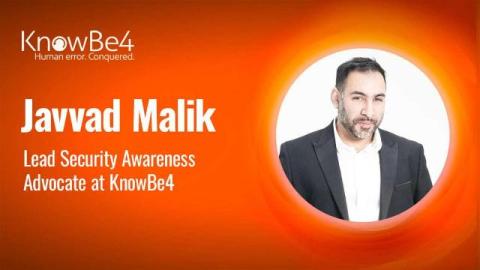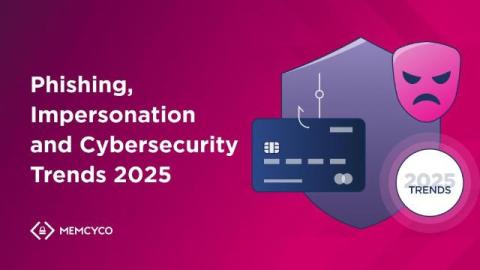Security | Threat Detection | Cyberattacks | DevSecOps | Compliance
January 2025
AI-powered fraud detection: Protecting financial services with Elastic
Fraud in financial services is becoming more sophisticated, costing the industry billions annually and eroding customer trust. Recently, Deloitte published an article highlighting the risk AI brings in the form of fraudsters to the financial services industry: “Fake content has never been easier to create — or harder to catch. As threats grow, banks can invest in AI and other technologies to help detect fraud and prevent losses.”
5 AI Scams You Need To Be Aware Of In 2025
AI is revolutionizing our lives in terms of productivity, automation, customer service, and more. AI is becoming so important that organizations increased spending on compute and storage hardware infrastructure for AI deployments by 37% year-over-year in the first half of 2024, reaching $31.8 billion. However, like most technological advances, the good often comes with the bad.
Memcyco Unveils Its Next-gen Phishing and Digital Impersonation Protection Solution
In 2024’s State of Digital Impersonation Resilience report there was one key finding that neatly frames the digital impersonation fraud challenge. Of the businesses surveyed, 72% use a digital impersonation protection solution, but only 6% could confirm its efficacy. In other words, scam-targeted industries are investing in finding solutions, but those solutions aren’t delivering.
Fake Online Reviews. Fraud and a Growing Threat to Consumers and Businesses
Online reviews have become an important source of consumer and business decision making, but they can also pose significant risks. In many cases, fake reviews are a form of fraud, with scammers using fake content to mislead consumers or even steal sensitive information.
How AI Enhances Cybersecurity for Digital Content Creators
Technological advancements create exciting opportunities for digital content creators, but they also open doors for cyber threats. Musicians, artists, and filmmakers often face risks like intellectual property theft, piracy, and platform vulnerabilities. Traditional defenses struggle to keep up with increasingly sophisticated attacks targeting creatives' work. Thankfully, artificial intelligence is stepping in as a powerful ally by automating threat detection, identifying unusual activity, and protecting sensitive assets in real-time.
Deepfakes, Shallow Morals: The Real Issue Behind the UK's Crackdown
The UK government decided to wage war on explicit deepfakes. About time, right? But before we start celebrating, let's take a closer look. The fact is that this isn’t about technology, it’s about human behaviour. The government is not trying to outright ban deepfakes, which would be impossible, to be honest. They're targeting the misuse of this tech for nefarious purposes.
Phishing, Impersonation and Cybersecurity Trends 2025
As scam-prone enterprises know, innovations in digital technologies raise the specter of phishing-related brand impersonation scams as much as they help mitigate it. Take rogue Generative AI tools like Fraud GPT and ‘Phishing-as-a-Service’ as just two examples of how fraudsters are co-opting new technologies as part of customer account takeover (ATO) schemes.
Datadome.co: Advanced Cybersecurity for Enterprise-Level Fraud Protection
Fraud protection is crucial for enterprises. Click here to find out how Datadome.co is providing the best cybersecurity to deal with the problem.
Time for a new job-9 work-from-home scams and how to spot them
Looking for a work-from-home gig this year? Cool, but beware of scams.
What Are Spam Risk Calls and How to Avoid Them?
Spam isn’t just an annoyance to your email inbox; it's also becoming a problem for our phones. Last year, the average American received 9 monthly spam calls, totaling 3 billion spam and unwanted calls nationwide, costing $25.4 billion. Spam risk encounters people will likely receive are through: Out of people who fell for these kinds of scams, the most common amount people lost was between $100 - $249, and a smaller group said they lost over $1,000.
Tax-Themed Phishing Campaign Delivers Malware Via Microsoft Management Console Files
Securonix warns that tax-themed phishing emails are attempting to deliver malware via Microsoft Management Console (MSC) files. “The attack likely starts with either a phishing email link or attachment,” the researchers explain.













